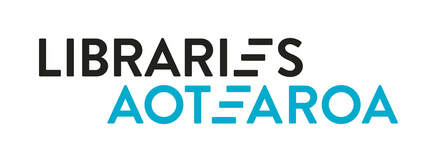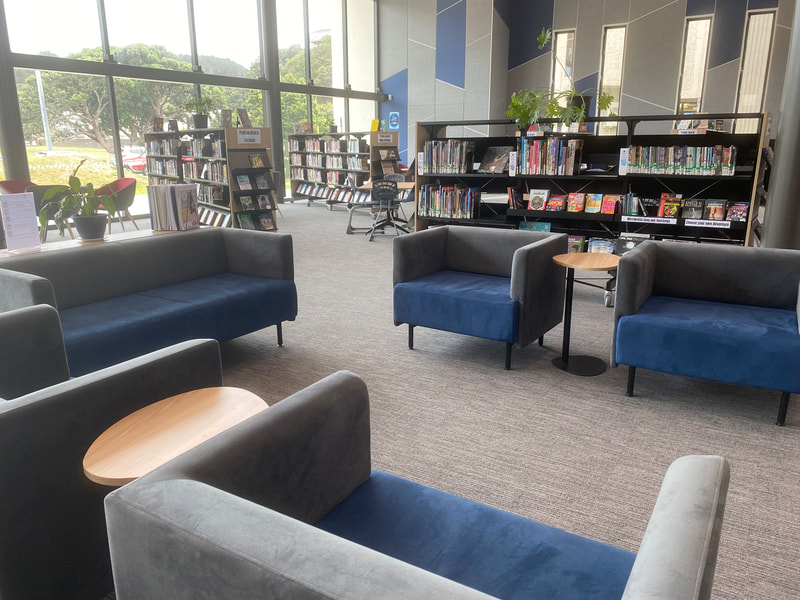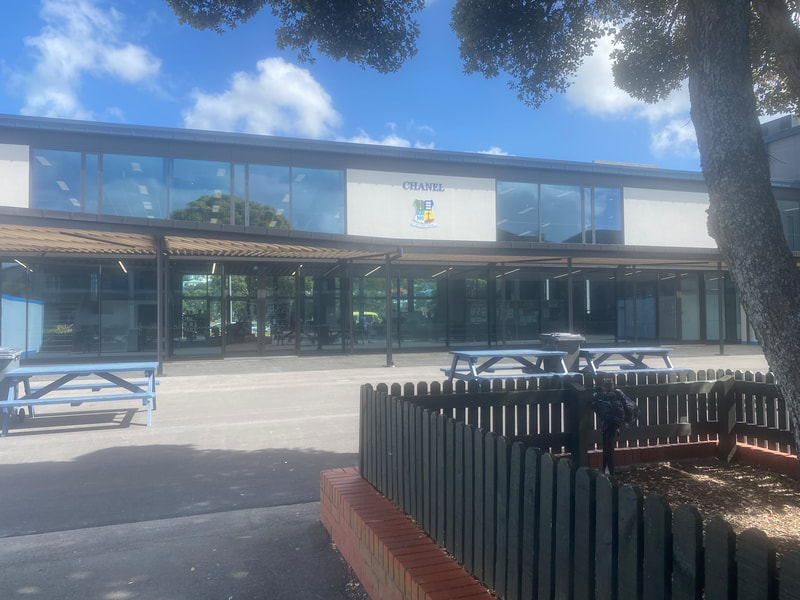St Patrick's College Library
St Patrick’s College Library is a school library catering to 700+ boys. In March 2024, it opened the doors to a brand-new purpose-built space that brought the library into the heart of the school. The vision of the new learning hub building was to take the school from a classic example of brutalist architecture that almost dared anyone to come beyond the gate to something made of glass and light, allowing the community to feel part of the school. In my completely biased opinion, using this space to house the library was inspired. After all, libraries are one of the last institutions in our modern world that remain free. Free to enter, free to borrow, free to be yourself. So, what better way to embody freedom in a new design? Unlike the old library, which was tucked out of the way, the new building has brought the library down to the main level, where everyone walks past.
The warm, inviting atmosphere and exciting displays entice people in. With soaring double-height ceilings the illusion of space is immense and all the epithets of light, bright, and airy that epitomise a modern library are realised in a building that succeeds in connecting the school and community. The challenge for me, as the librarian, was what to do with essentially a large open rectangle. How to create zones that are easy to navigate and cozy spaces amongst the soaring, airy heights.
Thinking about the kura and how the space would be used was the most important part of my design process. Like any library, our biggest zone definition is between fiction and non-fiction. These are now defined by furnishings ― both the shelving and the cozy nooks between them. The fiction bays along the windows have small seating areas, encouraging students to socialise or curl up with a good book. The non-fiction collection, on the other hand, has small study pods at the end of each bay promoting individual research. Around the library there are also elements of zoning unique to the needs of our kura. For example, the sports section and displays, situated at the entrance, tempt the interest of many of our students. The New Zealand non-fiction books also have their own section adjacent to lockable shelves for rare New Zealand reference items, supporting local knowledge and the new histories curriculum
The warm, inviting atmosphere and exciting displays entice people in. With soaring double-height ceilings the illusion of space is immense and all the epithets of light, bright, and airy that epitomise a modern library are realised in a building that succeeds in connecting the school and community. The challenge for me, as the librarian, was what to do with essentially a large open rectangle. How to create zones that are easy to navigate and cozy spaces amongst the soaring, airy heights.
Thinking about the kura and how the space would be used was the most important part of my design process. Like any library, our biggest zone definition is between fiction and non-fiction. These are now defined by furnishings ― both the shelving and the cozy nooks between them. The fiction bays along the windows have small seating areas, encouraging students to socialise or curl up with a good book. The non-fiction collection, on the other hand, has small study pods at the end of each bay promoting individual research. Around the library there are also elements of zoning unique to the needs of our kura. For example, the sports section and displays, situated at the entrance, tempt the interest of many of our students. The New Zealand non-fiction books also have their own section adjacent to lockable shelves for rare New Zealand reference items, supporting local knowledge and the new histories curriculum
Of course, any major construction comes with problems and pitfalls, and the biggest lesson I have learned is that being a school librarian requires a certain fierceness ― not to be the grumpy, shushing, crotchety old meanie of librarian stereotypes, but to advocate for your students and kura.
Creating a library space inevitably involves many experts. Architects are experts in buildings, while others might be experts in project management. But we must remember that librarians are just as expert in our field. Our expertise should not be forgotten or overlooked. Throughout this project, I worked with various combinations of people in these different roles and saw what a difference those who were open to true collaboration made to the success of the final design. My best advice to anyone involved in a library building project is to advocate for your space and trust that you are as much an expert in your field as all the other experts are in theirs. As I sit and reflect on the vision to open up a closed and defensive space, the battles won and lost, and the back-breaking work of packing and setting up, I am awed and grateful for what we have created. School libraries are ultimately about the people.
For school librarians, that means the students. They are who we do this for, and when I see the different zones, soak in the joy of all the living plants and books nestled together, giggle at my carefully placed Manga section drawing crowds of students like bees to honey, I take great joy in knowing that I have been a big part of creating something for them that draws the best of the old library into something truly fantastic for the future.
Ellie Nicholson is in her seventh year as Library Manager at St Patrick’s College in Wellington. Originally from a teaching background, Ellie re-trained as a librarian and has never looked back. In 2021, Ellie played a key role in facilitating the successful SLANZA online conference Whakaohooho, and this year, she has taken up a position as Wellington Representative on the SLANZA National Executive.
Creating a library space inevitably involves many experts. Architects are experts in buildings, while others might be experts in project management. But we must remember that librarians are just as expert in our field. Our expertise should not be forgotten or overlooked. Throughout this project, I worked with various combinations of people in these different roles and saw what a difference those who were open to true collaboration made to the success of the final design. My best advice to anyone involved in a library building project is to advocate for your space and trust that you are as much an expert in your field as all the other experts are in theirs. As I sit and reflect on the vision to open up a closed and defensive space, the battles won and lost, and the back-breaking work of packing and setting up, I am awed and grateful for what we have created. School libraries are ultimately about the people.
For school librarians, that means the students. They are who we do this for, and when I see the different zones, soak in the joy of all the living plants and books nestled together, giggle at my carefully placed Manga section drawing crowds of students like bees to honey, I take great joy in knowing that I have been a big part of creating something for them that draws the best of the old library into something truly fantastic for the future.
Ellie Nicholson is in her seventh year as Library Manager at St Patrick’s College in Wellington. Originally from a teaching background, Ellie re-trained as a librarian and has never looked back. In 2021, Ellie played a key role in facilitating the successful SLANZA online conference Whakaohooho, and this year, she has taken up a position as Wellington Representative on the SLANZA National Executive.




